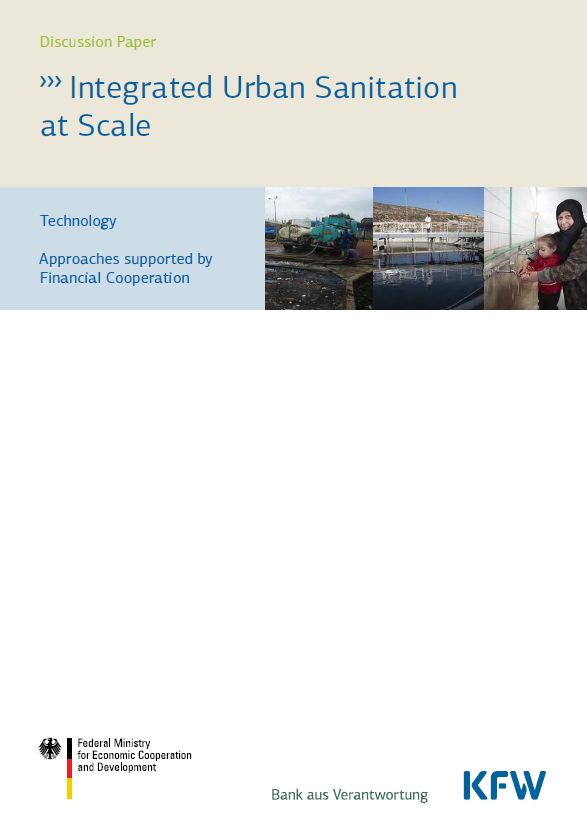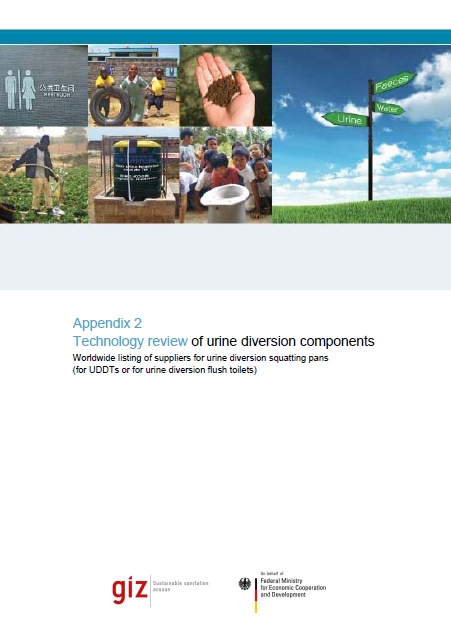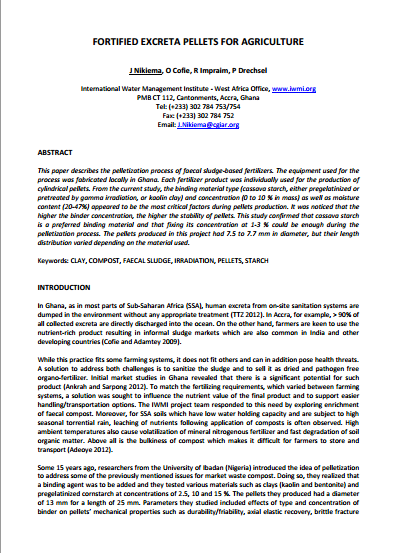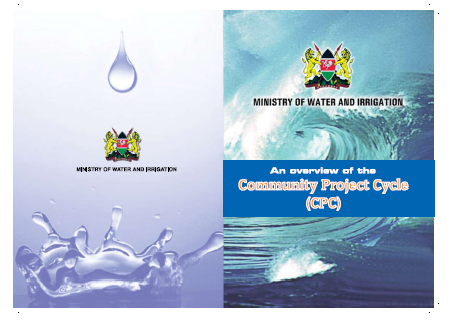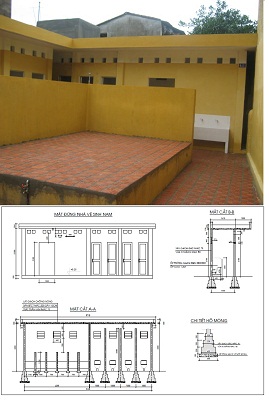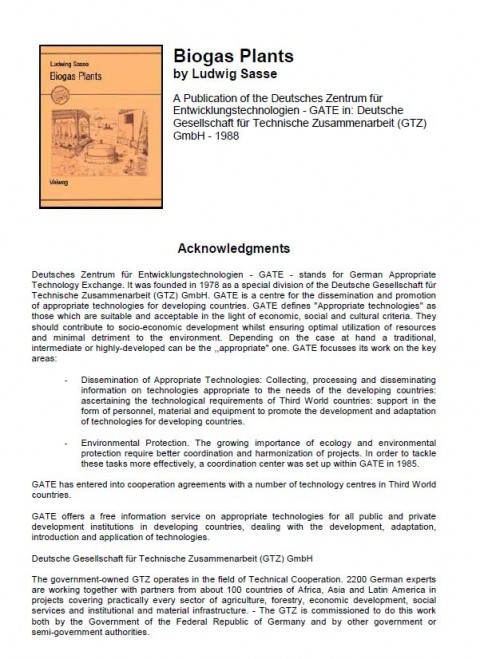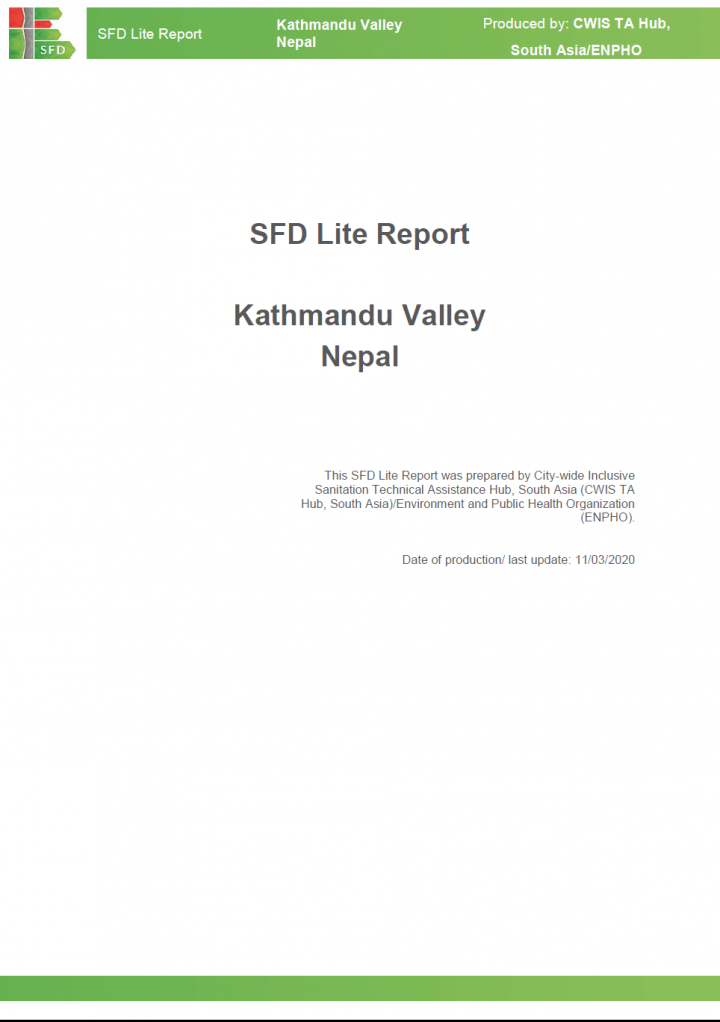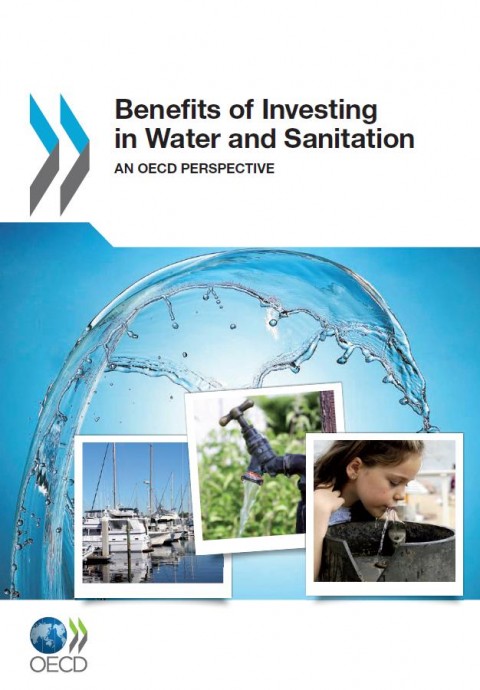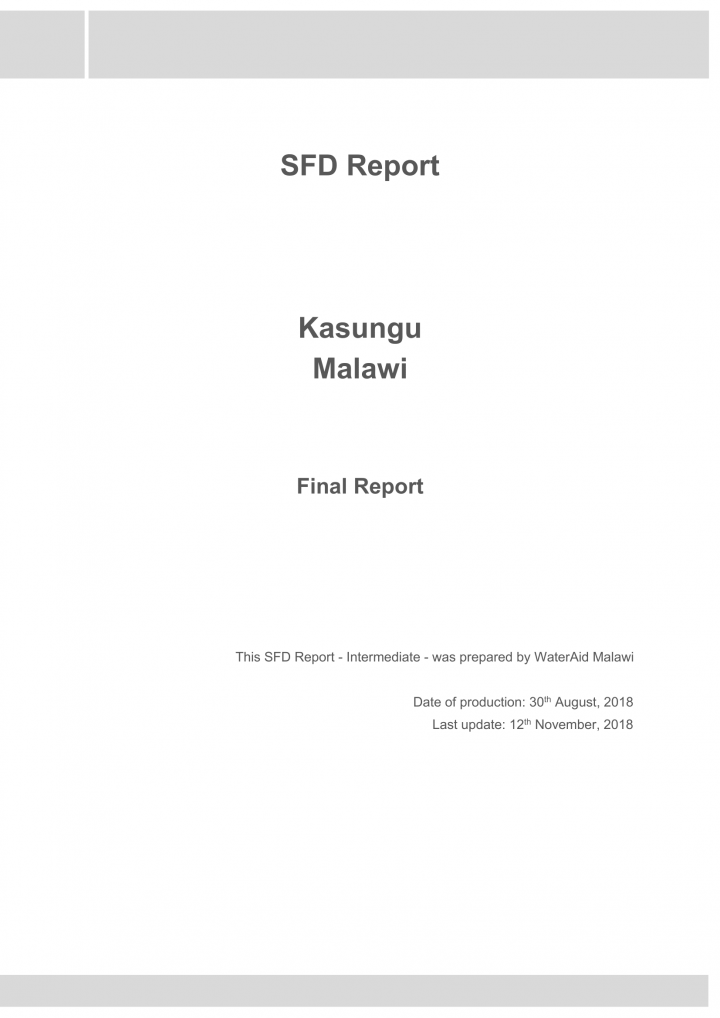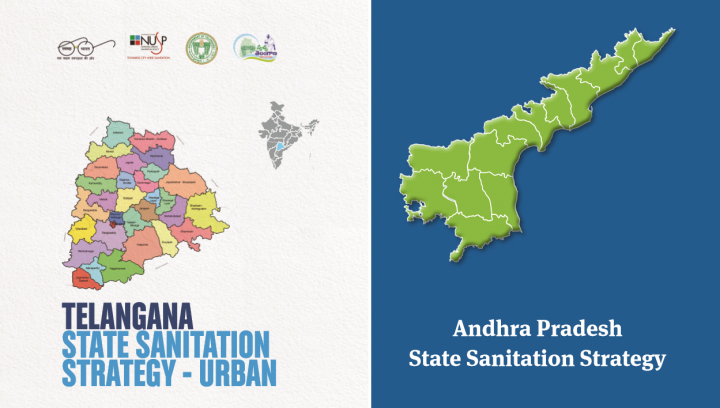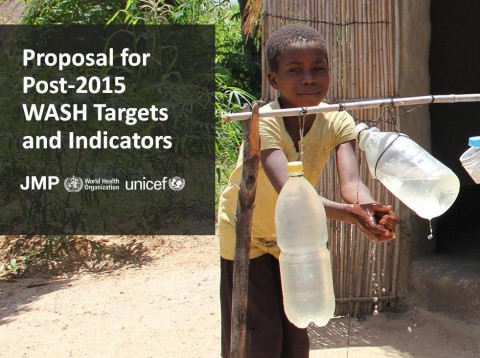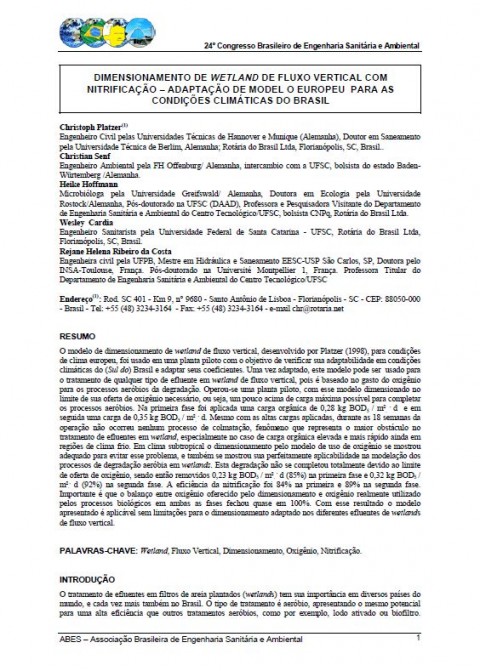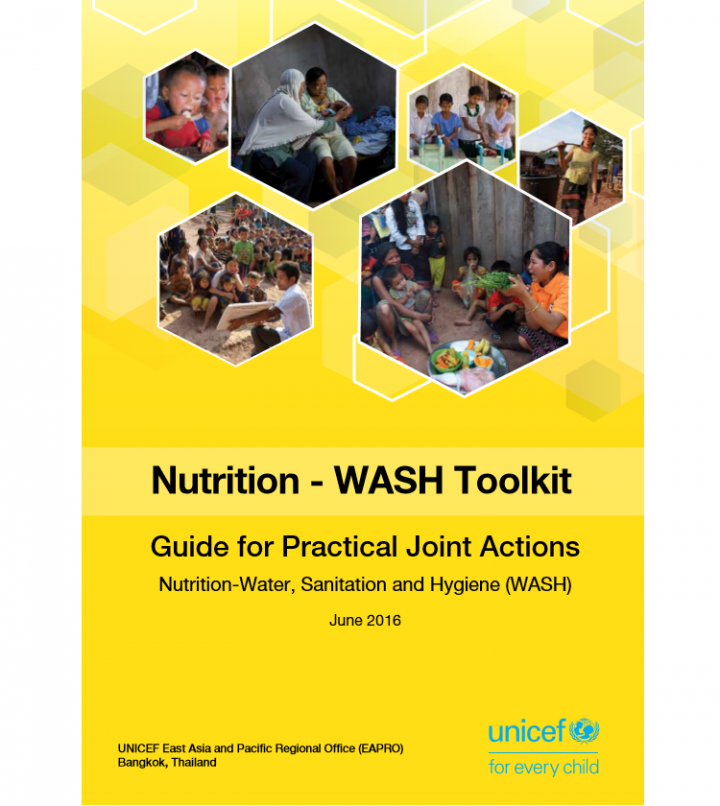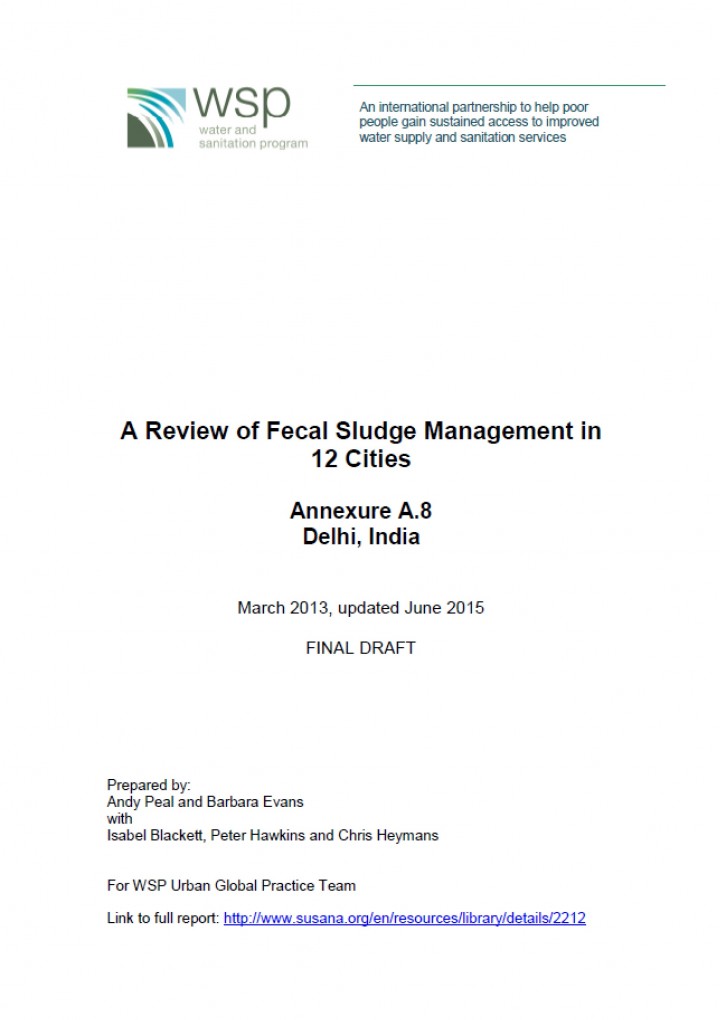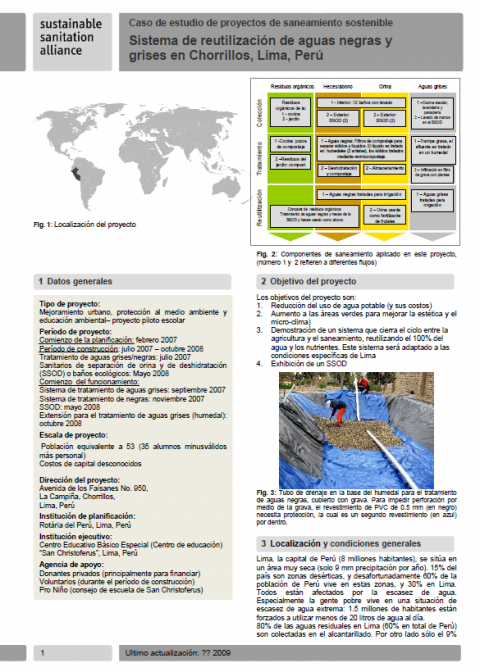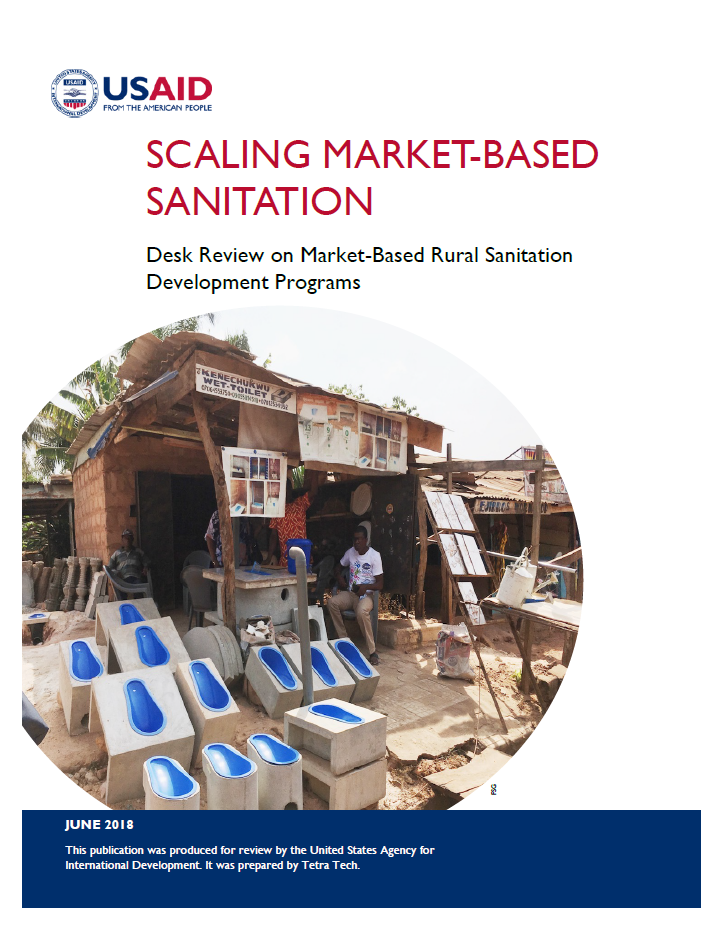Searching for information on Sanitation Workers?
The Sanitation Workers Knowledge + Learning Hub is the best source for all current news, trends, articles and updates on sanitation workers rights around the world.
Water, sanitation, and hygiene can have a profound effect on health and nutrition. A growing base of evidence on the link between sanitation, child height, and well-being has come at an opportune time, when the issue of sanitation and nutrition in developing countries has moved to the top of the post-2015 development agenda.
Cuttack city, lies in east coast plains of India, is the former capital and one of the oldest cities of Odisha, established in 1876 as municipality. It is the district headquarter and is situated at a distance of about 25 km to the north of Bhubaneswar, the present capital of Odisha. The city is surrounded by the rivers Mahanadi, Kathajodi, Birupa and Kuakhai (CMC, 2011).
The population of …
Kathmandu valley lies between the latitudes 27˚32’13’’ and 27˚49’10’’ north and longitudes 85˚11’31’’ and 85˚31’38’’ east at a mean elevation about 1,300 metres above sea level. Kathmandu Valley is the most developed and populated place in Nepal. The majority of offices and headquarters are located in the valley, making it the economic hub of Nepal. The SFD was …
Kasungu municipality is approximately 130 kilometres north-west of the capital of Malawi, Lilongwe. It has a total population of 77,619. The population swells up during the day, except on Sundays when most shops are closed. The municipality has a high population density of 2,188 people per square kilometre. The majority of the residential areas are informal settlements, which occupy 64 percent of …
Wastewater characteristics for developing countries are usually either very generalising, outdated or only applicable in a limited context under specific circumstances.
The goal of this assignment is to review and collate accessible data on DEWATS design parameters in developing countries and where possible to classify it depending on country and income group in order to
• identify …
Sanitation as per National Urban Sanitation Policy (2008) is defined as safe management of human excreta, including its safe confinement treatment, disposal and associated hygiene-related practices.
The Twelfth Five Year Plan (2012-17) of the states of Andhra Pradesh, Telangana and Kerala target to reduce the gap between the demand and supply of urban infrastructure services by increasing …
Undernutrition is a major cause of disease and death, affecting billions of people worldwide, especially women and children in impoverished communities. In the East Asia and Pacific (EAP) region, despite economic growth, and achievements in health and nutrition indicators, maternal and child malnutrition rates and burden remain high. Almost 28 million children are stunted in the EAP region, with …
Inadequate access to sanitation remains a significant problem globally and is linked to the transmission of numerous communicable diseases with a disproportionately large effect on children. The scale of investment required to deliver sanitation goods and services to those who lack access is beyond the capacity of public finance alone. The private sector has already proven itself a key player in …




